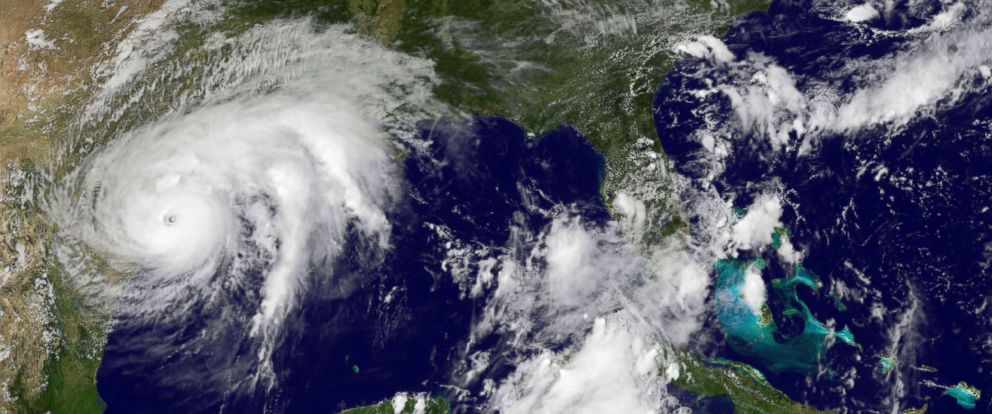Hurricane Harvey: Why We May Be To Blame
September 12, 2017
The warnings were sent. The preparations were made. Texas residents waited anxiously for days, and then it finally came: Hurricane Harvey.
On Friday, August 25, Hurricane Harvey struck the shore of Texas waging a war with the state in which 15-20 trillion estimated gallons of water were dumped and at least 60 lives were claimed. It seems high magnitude hurricanes are becoming more and more common, and it may be our fault.
A large factor in the strength and commonality of hurricanes is the Atlantic Multidecadal Oscillation (AMO) which entails the temperature cycles of the Atlantic ocean. The AMO experiences cool and warm phases, shifting between them every 20-60 years; large shifts in the AMO create ideal conditions for hurricanes to spawn. In recent years, the AMO has been in a prolonged cold state, though it has plunged into a warm phrase for the last several years resulting in an increase of hurricanes.
How is this our fault? For starters, the cause of the cold phase. When we burn coal, aerosol particles are released. These particles are reflective of sunlight, so much of the sun’s light is reflected back to space before it reaches the ocean causing the water’s temperature to cool. However, the U.S. and Europe have instigated cleaner air regulations which have decreased the amount of aerosol particles and allowed the light to reach and warm the ocean.
Although the change in ocean temperature was by a small amount (only about 1 degree Fahrenheit), it has drastic effects. As the Atlantic ocean temperatures rise, it causes monsoons, especially the West African monsoon, to intensify. This results in a shift to a different wind pattern for the region, which in turn allows storms to develop more quickly as they become capable of energizing and developing rotation faster.
Adding on to the effects of a warmer ocean, the increased temperature is connected to the amount of moisture in the air. WIRED connects the dots by saying “there is a roughly 3 percent increase in average atmospheric moisture content for each 0.5 degrees Celsius of warming…That means 3 to 5 percent more moisture in the atmosphere in the Gulf region near the south Texas coast”. This means that, because of the warmer than usual ocean temperatures, there is more moisture for the storm to use as ammunition, adding to the severity of said storm.
Of course, humans damaging the Earth is nowhere near a new topic. In fact, should it really come as a surprise that our actions can increase hurricanes? Anh Luu (9th) commented on the subject, saying “I think human actions do take part in increasing hurricanes…since people have been doing things that have been changing the natural part of the world for better or worse”.
Overall, the actions that we as humans perform can result in extremely negative consequences, recently taking the form of hurricane destruction in parts of the United States. We have no way of telling whether these conditions will improve or continue to get worse in the future, but for now we’ll just have to reap what we sow.
